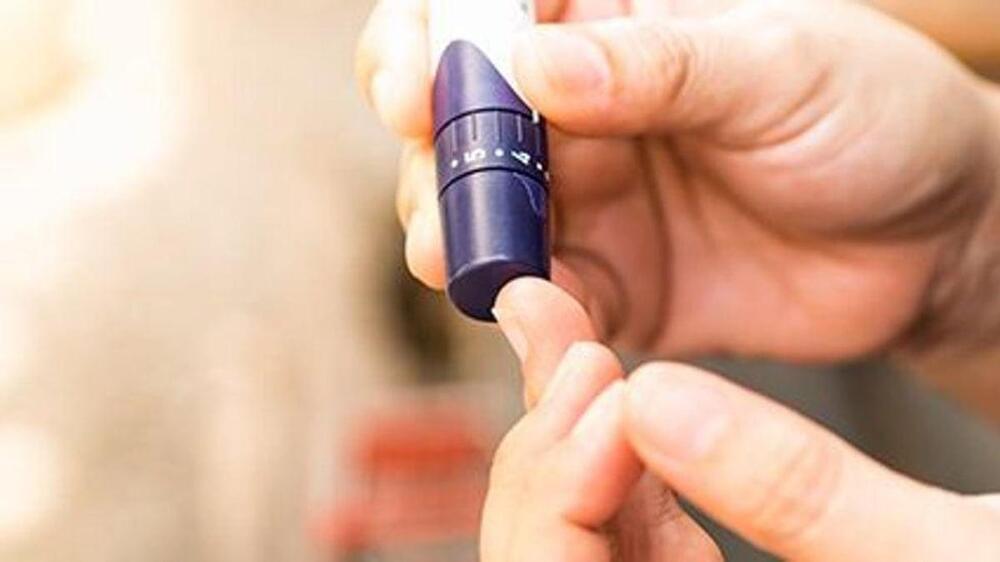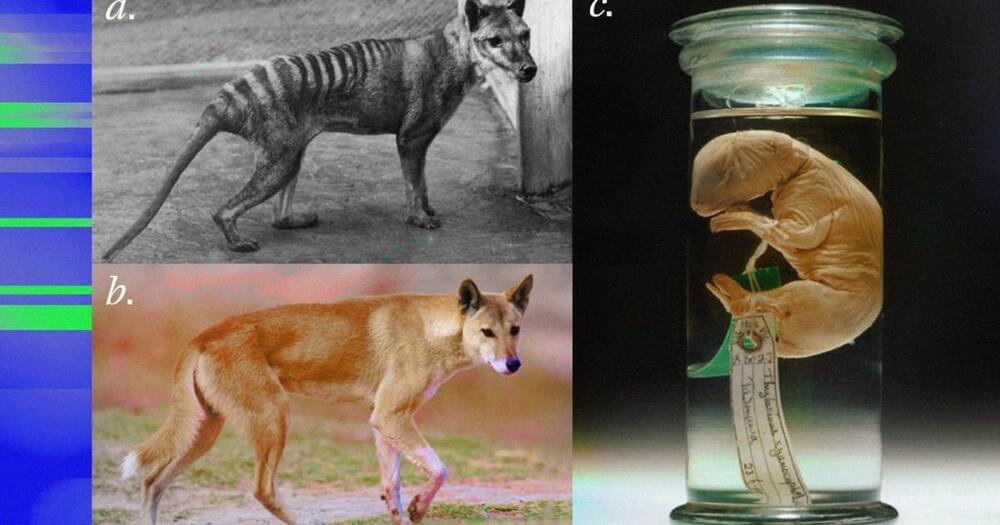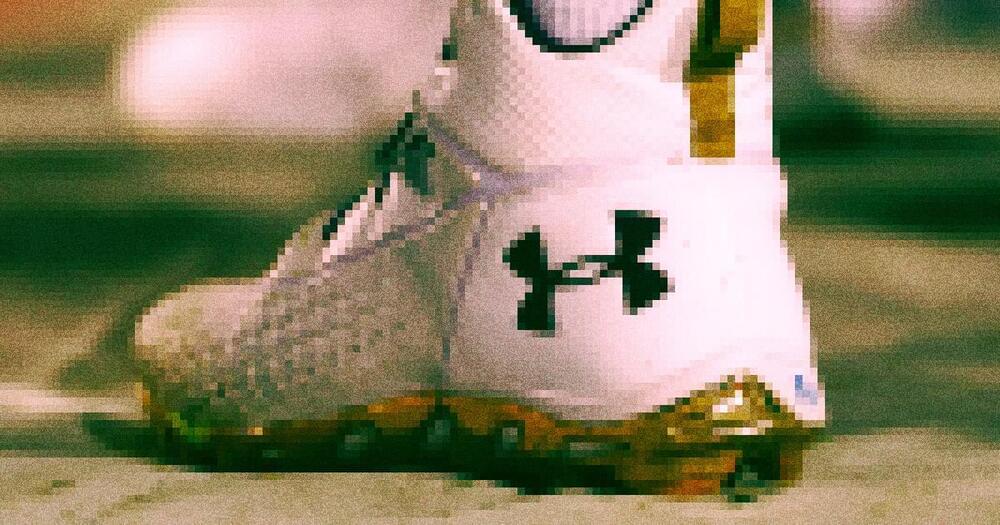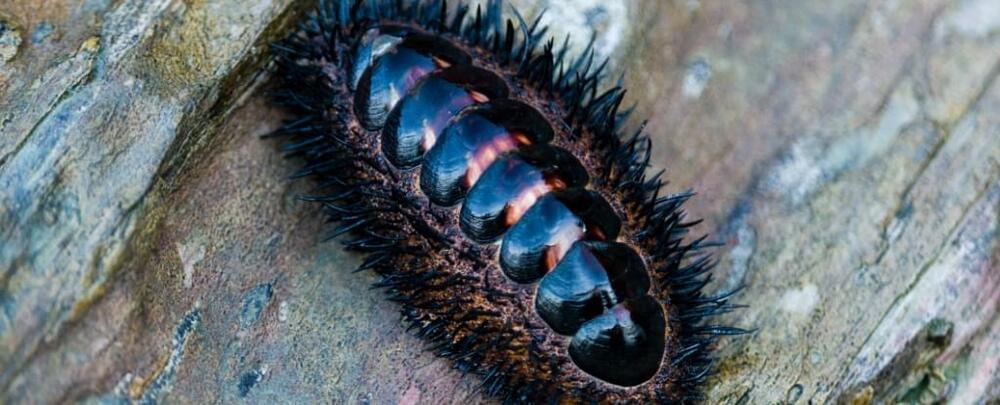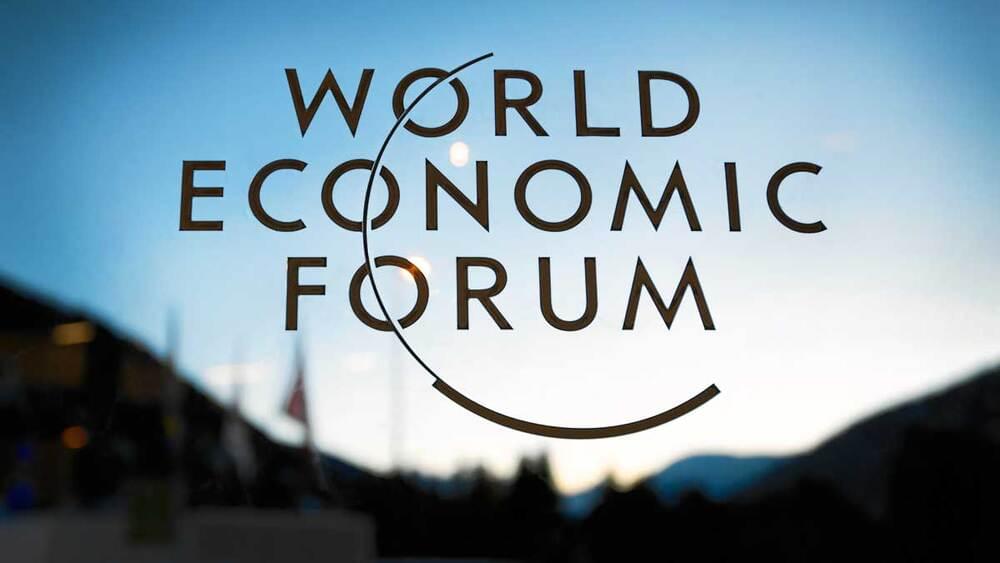Allergy shots can potentially lead to lasting remission of allergy symptoms, and it may play a preventive role in the development of asthma and new allergies.
Immunotherapy treatment (allergy shots) is based on a century-old concept that the immune system can be desensitized to specific allergens that trigger allergy symptoms. These symptoms may be caused by allergic respiratory conditions such as allergic rhinitis (hay fever) and asthma.
While common allergy medications often control symptoms; if you stop taking the medication(s), your allergy symptoms return shortly afterward. Allergy shots can potentially lead to lasting remission of allergy symptoms, and it may play a preventive role in terms of development of asthma and new allergies.
The Process Treatment involves injecting the allergen(s), causing the allergy symptoms. These allergens are identified by a combination of a medical evaluation performed by a trained allergist / immunologist and allergy skin or allergy blood tests.
